
“Design is not just what it looks like and feels like. Design is how it works.” — Steve Jobs
Why Book Covers Matter?
Studies show that 79% of readers decide whether to buy a book based on its cover. This shows how important visual appeal is. Therefore, an attractive cover not only grabs attention but also encourages people to check out different options when they are browsing. It’s important for a good book, to have great book cover ideas design.
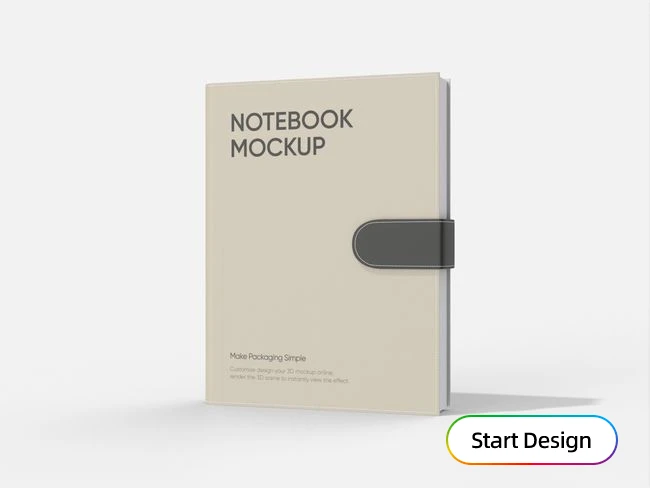
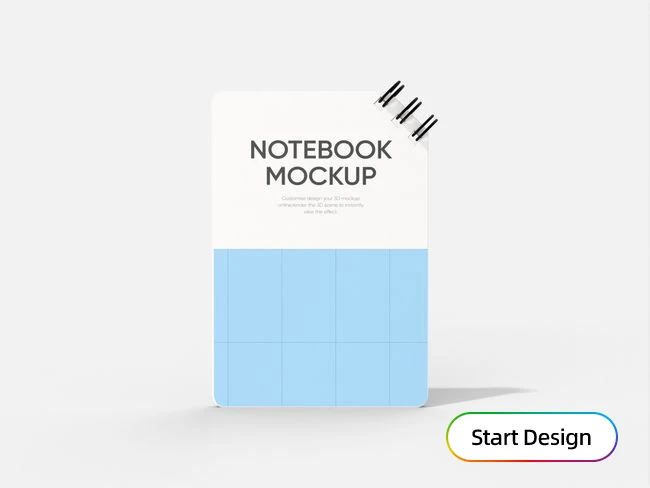
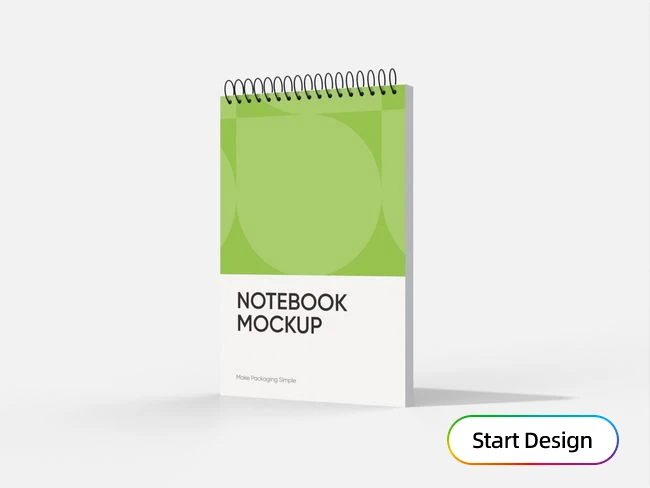
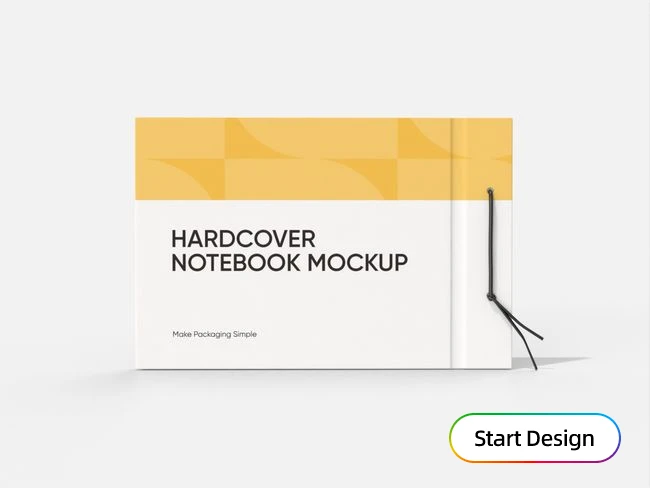
What Makes a Good Book Cover?
A book cover does more than just look good. It’s designed to sell the book. A good book cover gives a sneak peek into the story and makes people want to start reading. Here are the key things a book cover should do:
1.Convey the Theme: The cover should show the book’s main theme or idea. It should visually represent what the story is about.
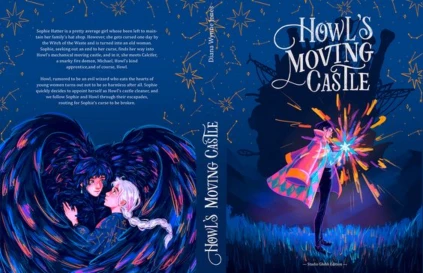
For instance, Sophie, cursed to be old, goes on an adventure with the wizard Howl to break the curse.
(image source:behance.net)

Harry discovers he’s a wizard, attends Hogwarts, befriends Hermione and Ron, and embarks on countless adventures exploring themes of friendship, courage, love, and sacrifice, all captured in the artwork of the fifth book.
(image source:pinterest.com)
2.Be Distinct and Recognizable: The design should stand out from other books, so readers can quickly spot it. This means having strong book cover ideas, that use key themes from the story.
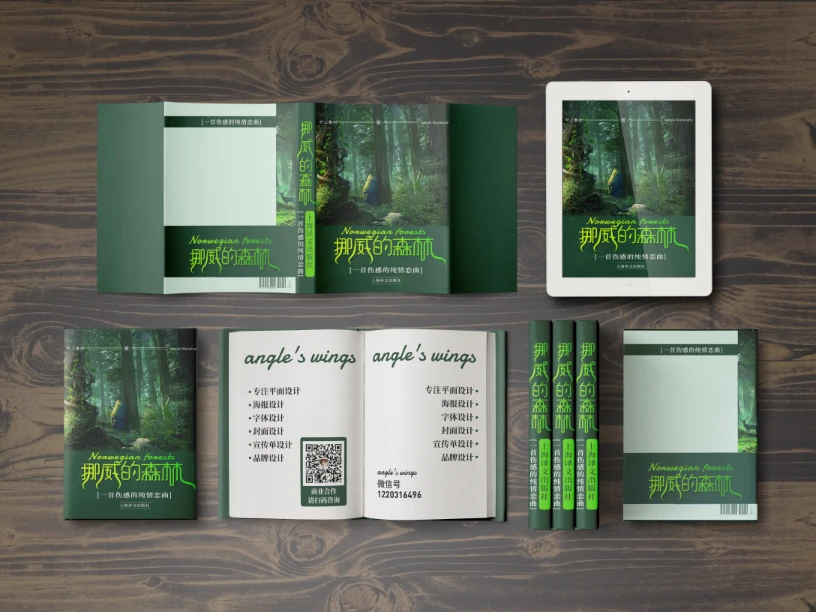
How to Design an Eye-Catching Book Cover
- Clarify Purpose: The first step in designing a book cover is to understand its purpose and target audience. Who are you trying to reach? Consider their age, gender, and interests, especially for children’s book cover ideas.
- Design Concept: Decide on a design concept based on the book’s content. For example, a mystery might use dark colors and mysterious patterns, while a children’s book could use bright colors and cute illustrations.

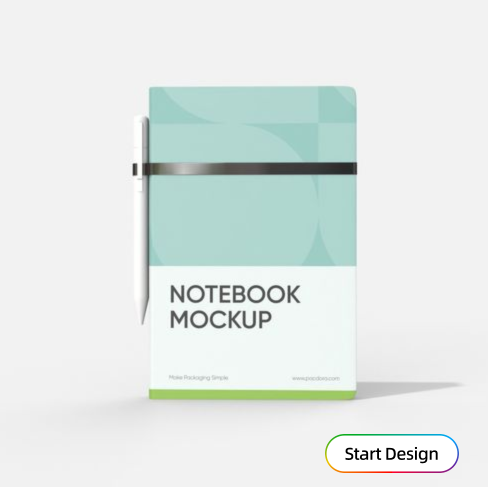
- Material Selection: Using special effects like gloss, matte, or embossing can make the cover look and feel better. Think about using these when deciding on your book cover ideas.
- Rendering Effects: Rendering effects are important during design, to bring your design to life. Using 3D tools or AI can generate these images quickly.
Design Styles for Book Covers
When deciding on book cover ideas, consider these different styles.
Photography
A strong photo can be powerful, and be key when creating unique name and title book cover ideas. But make sure the words don’t take away from the photo.
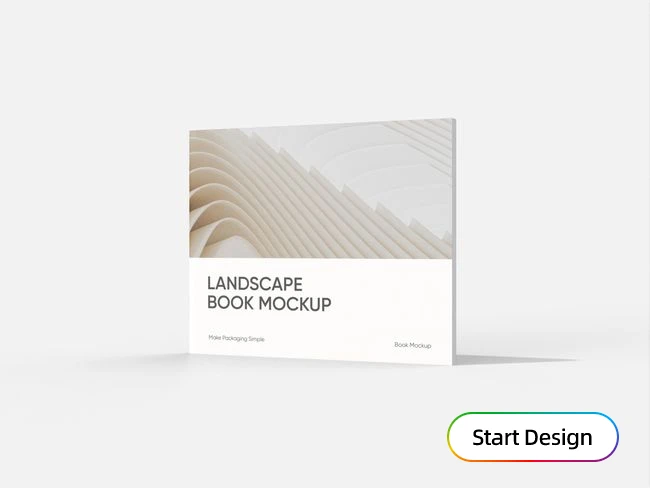

Illustration
An illustrated cover can create a special feeling, whether it’s fun or artistic, which works for many different kinds of books, especially those needing comic book cover ideas.



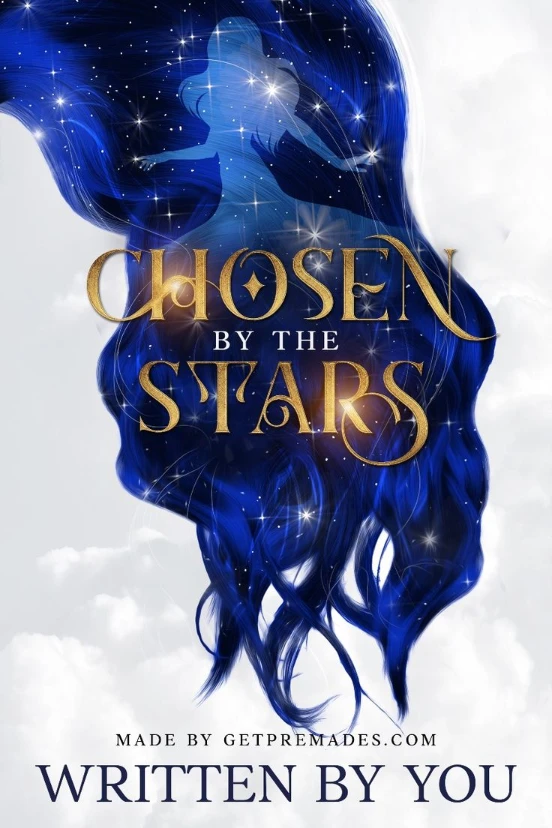
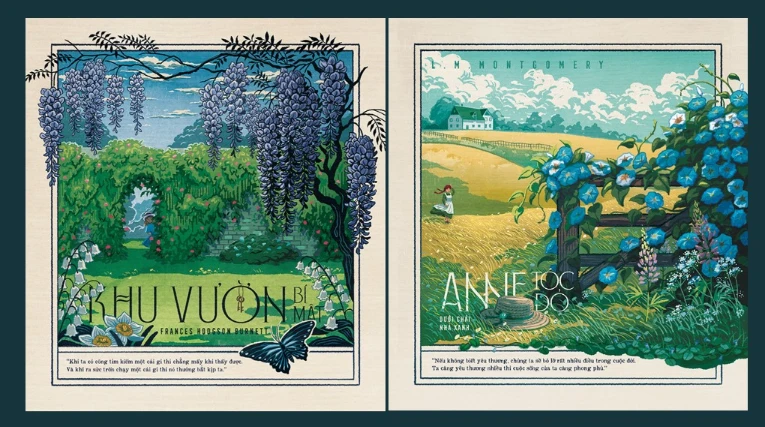
Typography
Sometimes, the words themselves can tell the story, or work alongside photos, which can also be great for name and title book cover ideas of poems. Good typography can be its own design element, so pay attention to how the text looks, when coming up with book cover ideas design.
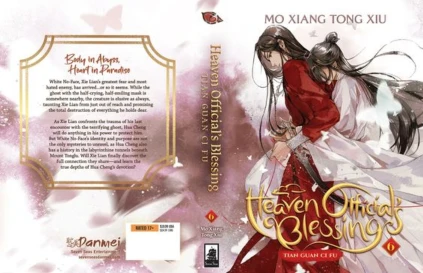



Minimalism
A simple, clean design can be very effective. Using fewer elements or focusing on one color can create a strong cover. This is a great strategy if you are making your own handmade recycle design bible bookcover ideas.
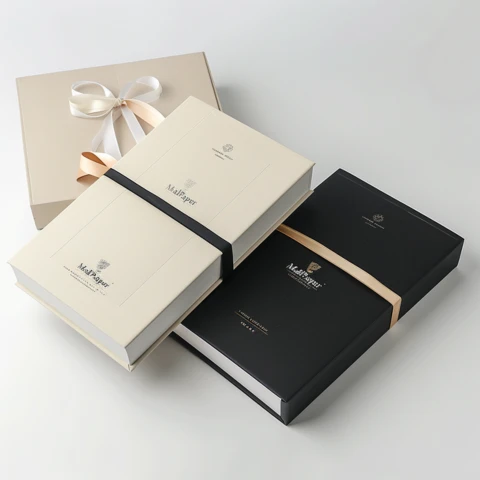
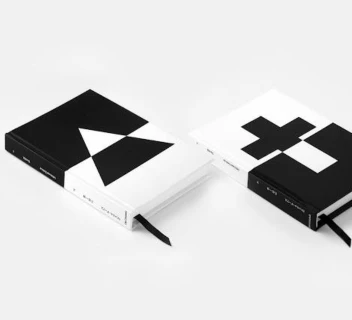



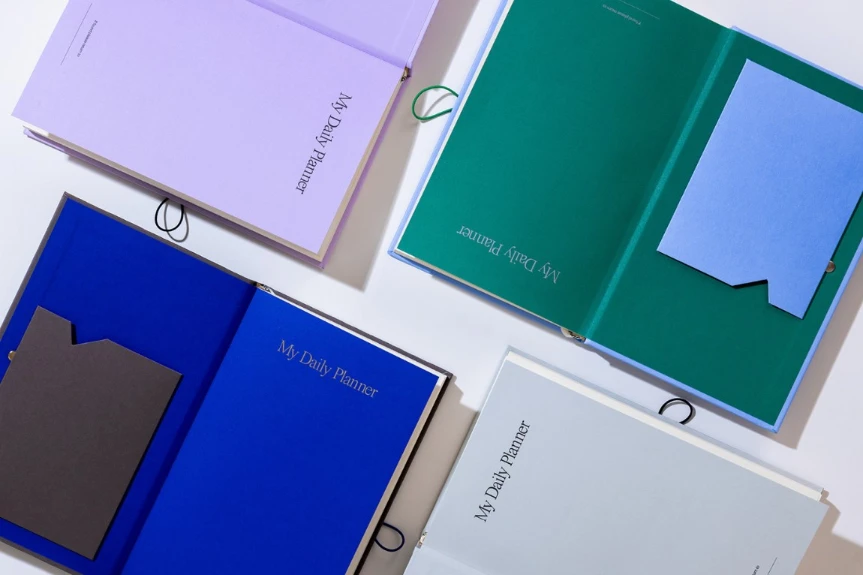


Conceptual Design
An abstract design that hints at the story but doesn’t show everything can make readers curious.
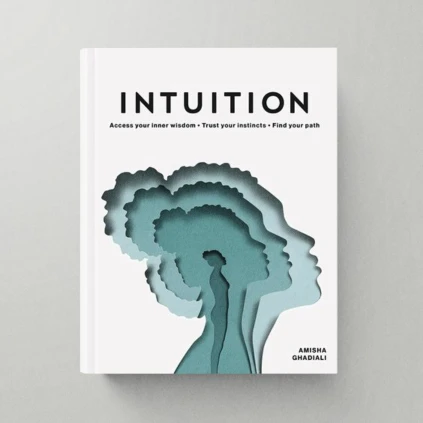




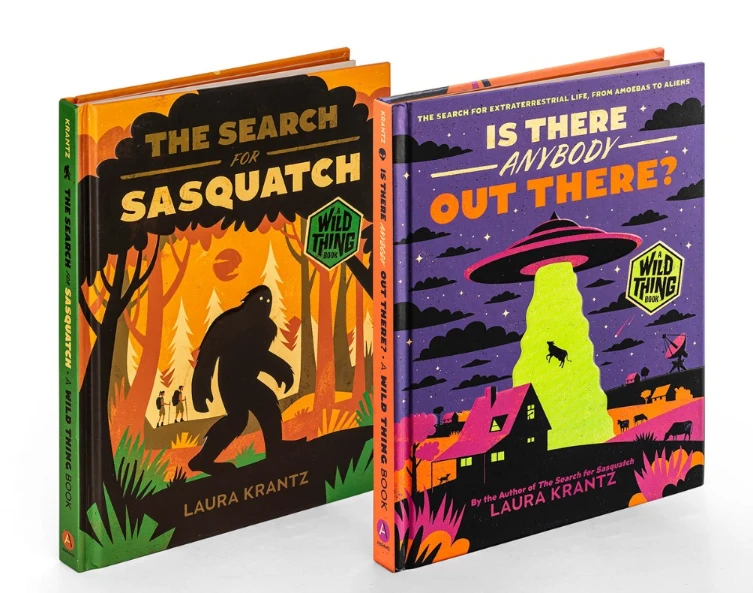

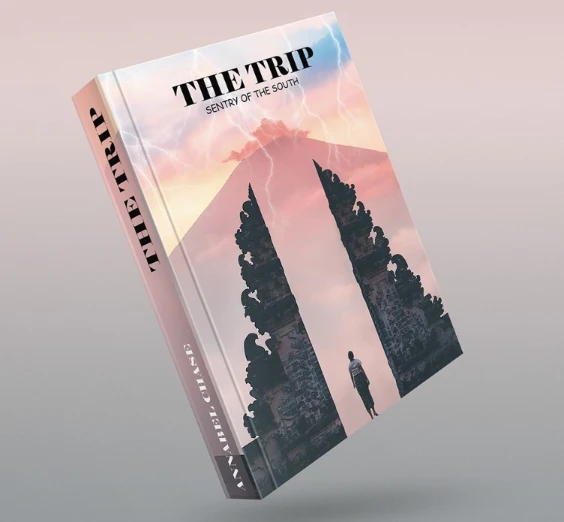
Book Covers by genre
The type of book influences the design style. Here’s a quick look at common approaches, and could be key when developing your own book cover ideas.
Art and Design
These often use bold or artistic images to show the book’s aesthetic, especially if you are creating a book cover ideas design for an artbook.
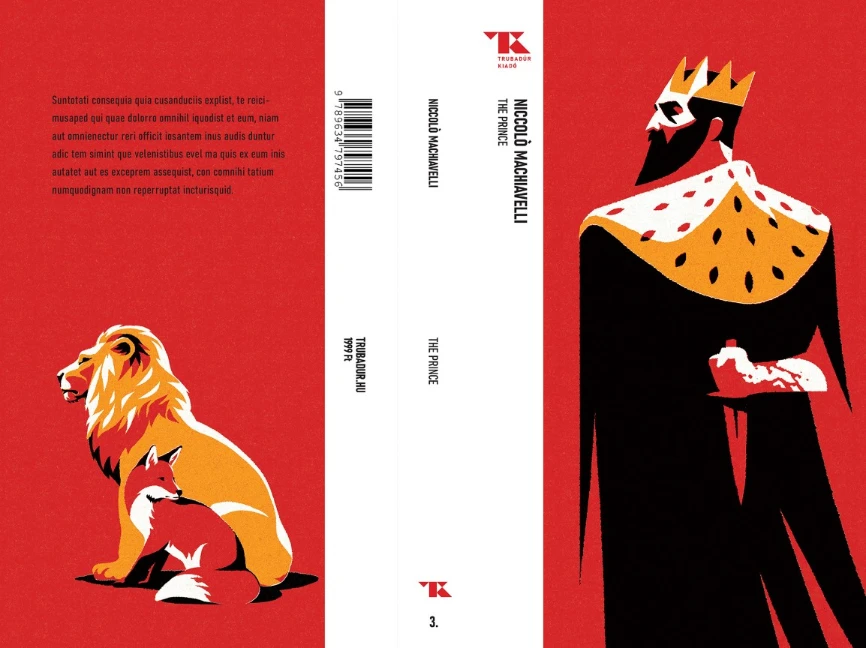


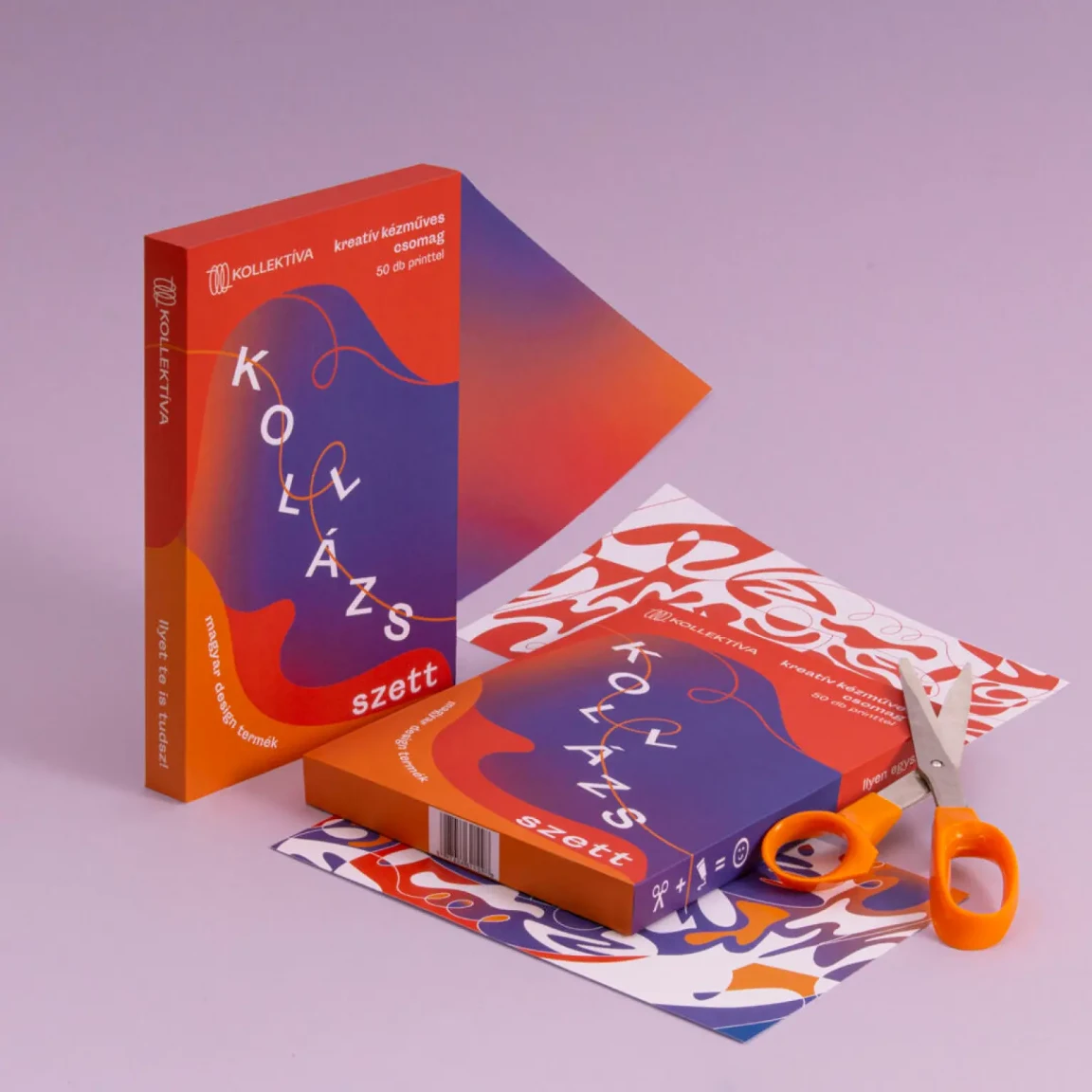



Children’s Books
These covers are colorful and fun, often using illustrations that show imagination. The goal should always be to create memorable and unique children’s book cover ideas.

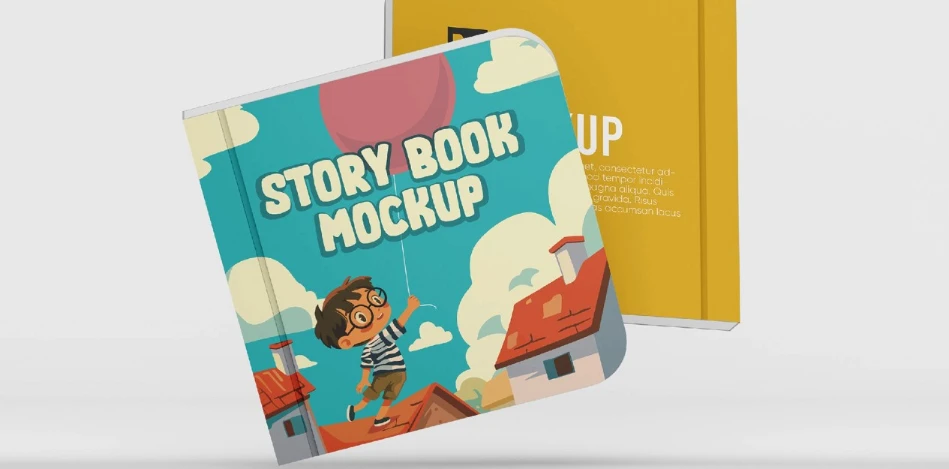




Magazines and Guides
Photography is often used to make these books feel personal and real. It can convey the tone and content, from intimate stories to instructional guides.
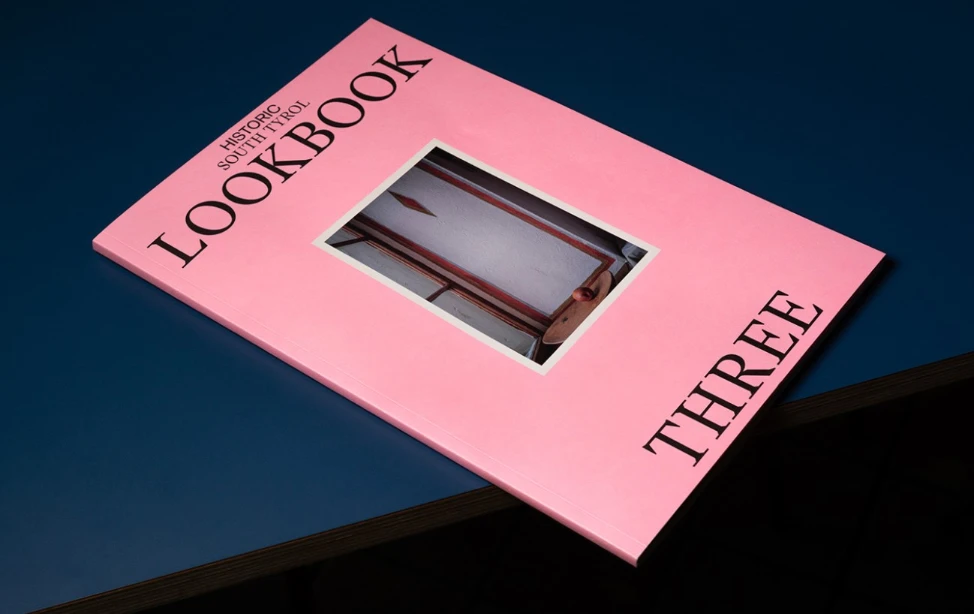
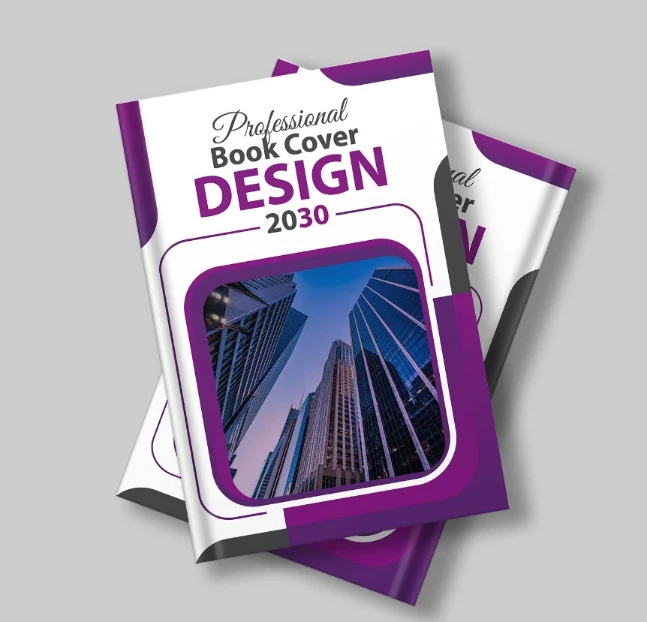
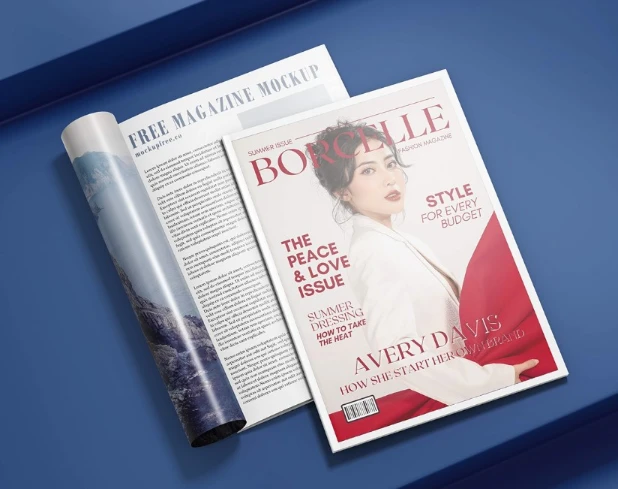
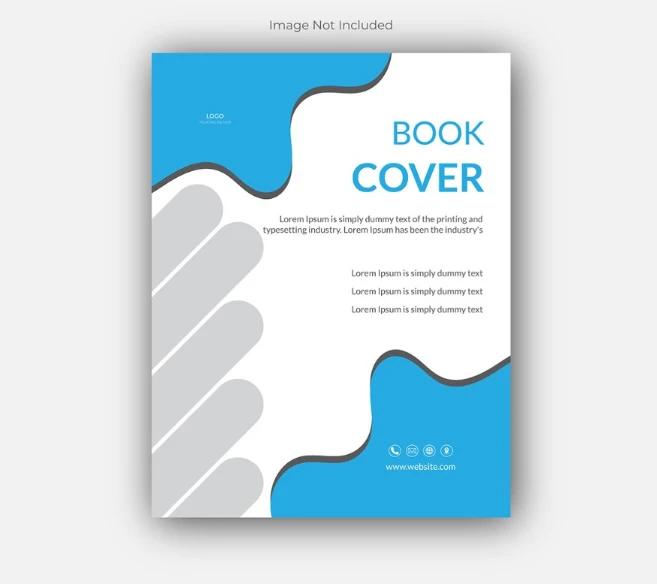
Romance
Romance covers often include imagery of relationships, frequently with people or symbolic representations of love.

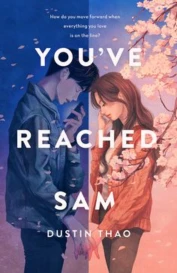





Conclusion
Once your cover is ready, it’s time to evaluate it from the reader’s perspective:
- Legibility: Can the title be easily read, even in thumbnail size? This is crucial for both print and digital formats.
- Intrigue: Does the cover make you want to learn more? Does it draw the reader in to explore the book further?
- Emotional Impact: A great book cover evokes an emotional response. Does your design compel the reader to pick it up or click on it?
Subscribe to us, and we’ll share more creative ideas with you!



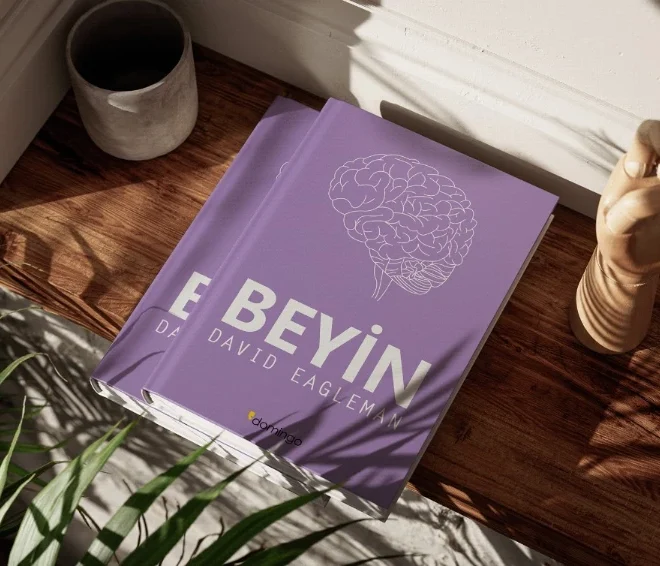
Thank you for providing me with these article examples. May I ask you a question?
Your articles are extremely helpful to me. May I ask for more information?
Heya i am for the first time here. I found this board and I to find It truly helpful & it helped me out a lot. I hope to provide one thing back and help others like you helped me.